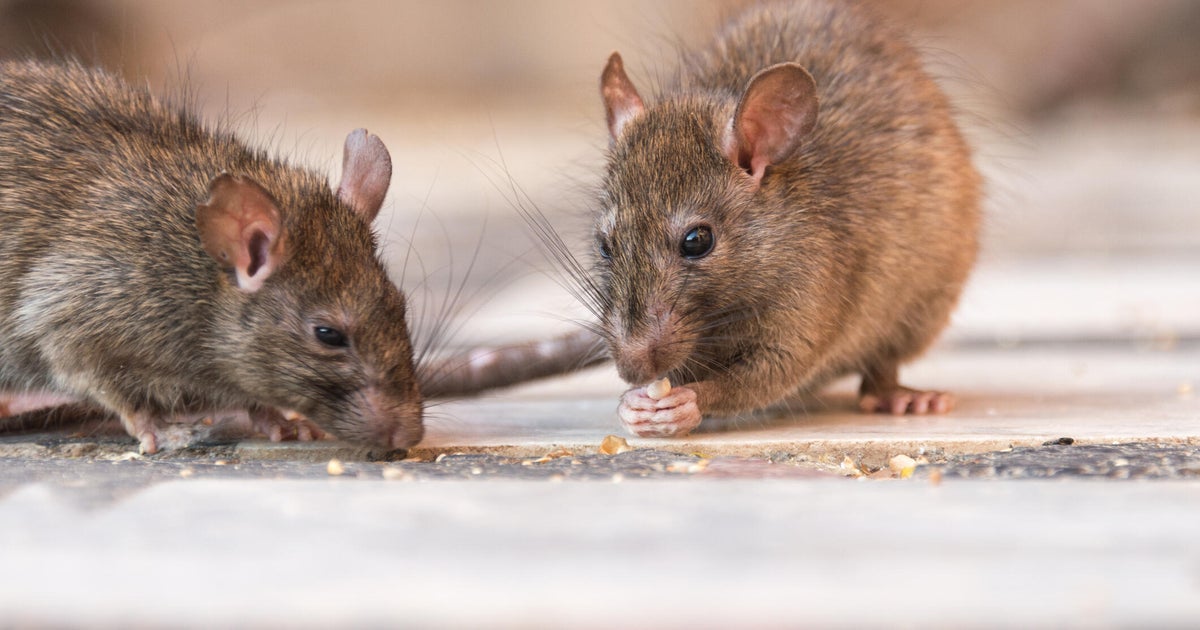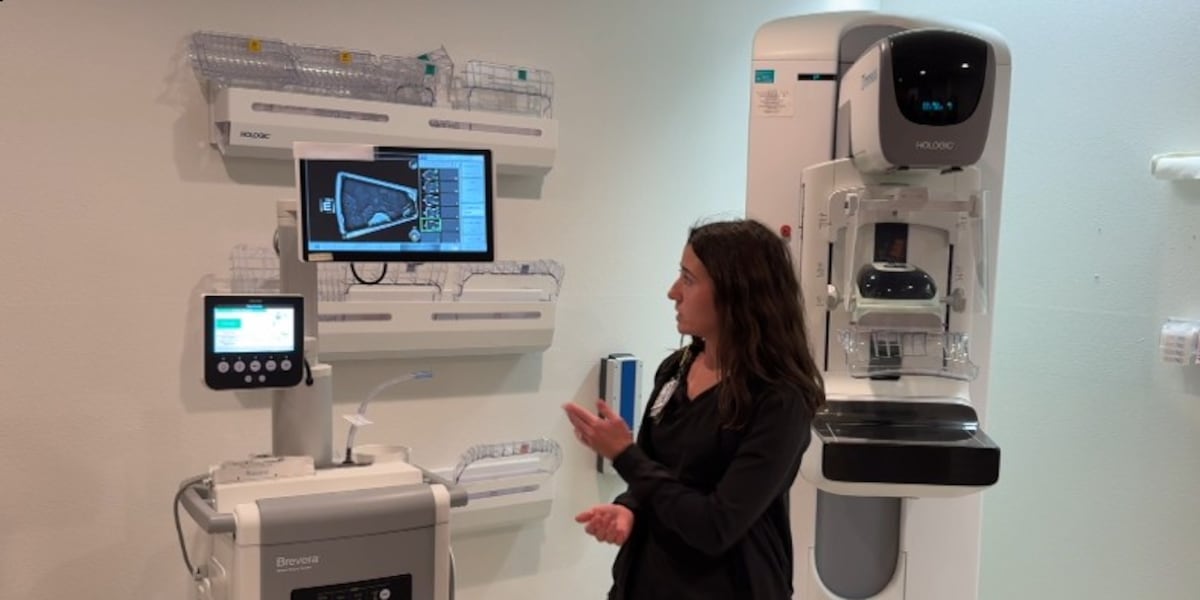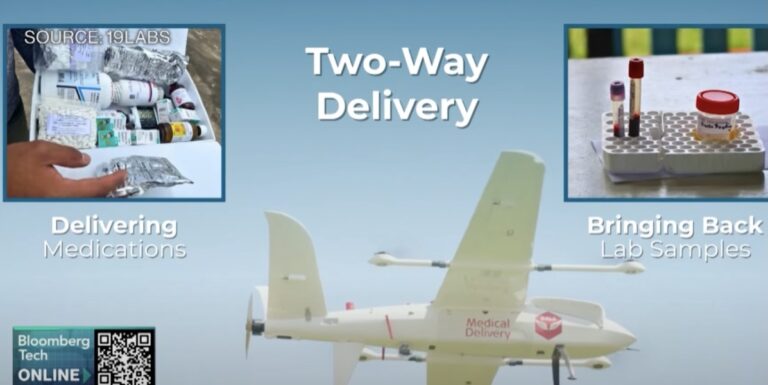Boston Declares War on Rats: New Tech & Strategies to Tackle City-Wide Infestation

Boston is escalating its battle against a growing rat problem with a multi-pronged approach combining innovative technology and targeted strategies. Residents across the city have reported a significant increase in rat sightings, prompting city officials to take swift and decisive action. This isn't just about cleaning up streets; it's about employing cutting-edge tools and data-driven insights to effectively manage and ultimately curb the city's rat population.
The Problem: A City Under Siege
For months, Bostonians have voiced concerns about a noticeable uptick in rat activity. From Back Bay to South Boston, reports of sightings in parks, near public transportation, and even inside homes have become increasingly common. The problem isn't new, but the recent surge has put significant pressure on city resources and raised public health concerns. Rats are known carriers of diseases and can damage infrastructure, making their control a priority for any urban environment.
The Plan: A Tech-Forward Approach
Boston's new strategy moves beyond traditional methods like trapping and poison. The city is deploying a range of new technologies designed to identify, track, and ultimately reduce rat populations. Key components of the plan include:
- Smart Sensors: Small, weatherproof sensors are being strategically placed throughout the city. These sensors use acoustic monitoring to detect rat activity – specifically, the sounds they make. The data collected is transmitted wirelessly, providing a real-time map of rat hotspots.
- Data Analytics: The data gathered from the sensors is fed into a sophisticated analytics platform. This platform uses algorithms to identify patterns, predict rat movement, and prioritize areas for intervention.
- Targeted Baiting & Trapping: Instead of indiscriminate baiting, the city is focusing resources on areas identified as high-risk zones by the data analytics. This targeted approach aims to be more effective and minimize the impact on non-target species.
- Infrastructure Improvements: Recognizing that rats thrive in environments with easy access to food and shelter, the city is also investing in infrastructure improvements. This includes sealing cracks in sidewalks, improving trash management practices, and addressing areas where food waste accumulates.
- Public Education: A public awareness campaign is being launched to educate residents about rat prevention measures they can take at home and in their communities. This includes proper waste disposal, sealing entry points, and reporting rat sightings to the city.
Beyond the Tech: A Holistic Strategy
While technology plays a crucial role, city officials emphasize that a holistic approach is essential. Simply deploying sensors isn't enough. The plan requires ongoing collaboration between various city departments, including public works, health, and sanitation. Furthermore, community involvement is vital. Residents who actively report sightings and participate in preventative measures are key partners in this effort.
Looking Ahead: A Long-Term Commitment
Boston's rat problem won't be solved overnight. City officials acknowledge that this is a long-term commitment requiring sustained investment and adaptation. The success of this new strategy will depend on the continued refinement of the technology, the effectiveness of the targeted interventions, and the ongoing support of the community. However, the city's proactive approach demonstrates a clear commitment to reclaiming public spaces and improving the quality of life for all Bostonians. The initial data from the sensor deployments is expected within the next few months, and the city is prepared to adjust its strategies based on the findings. This adaptive approach will be critical to achieving lasting results in the fight against Boston's rat population.





